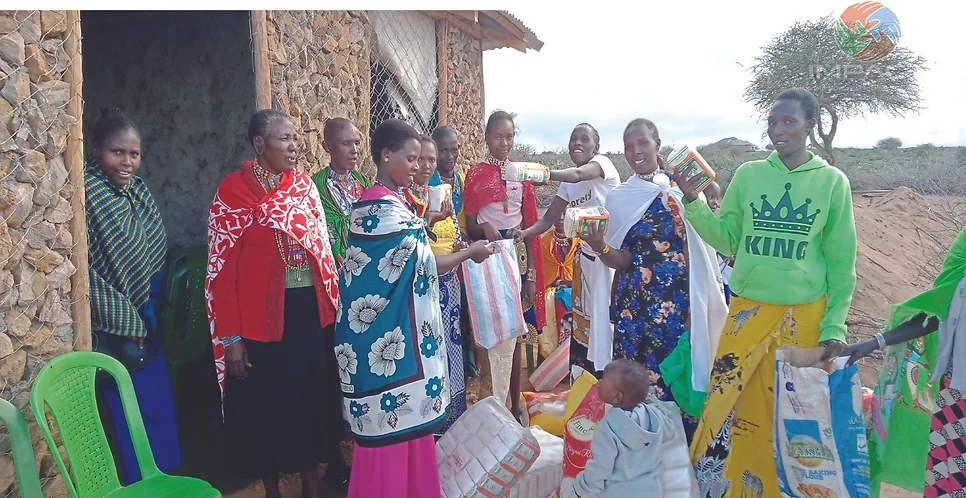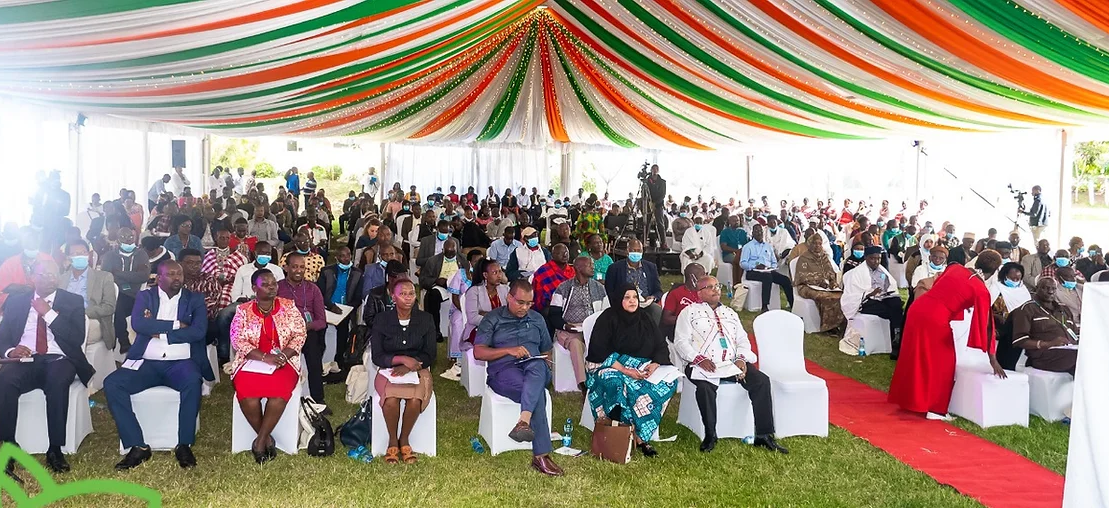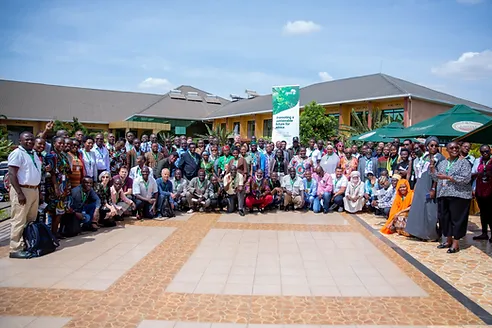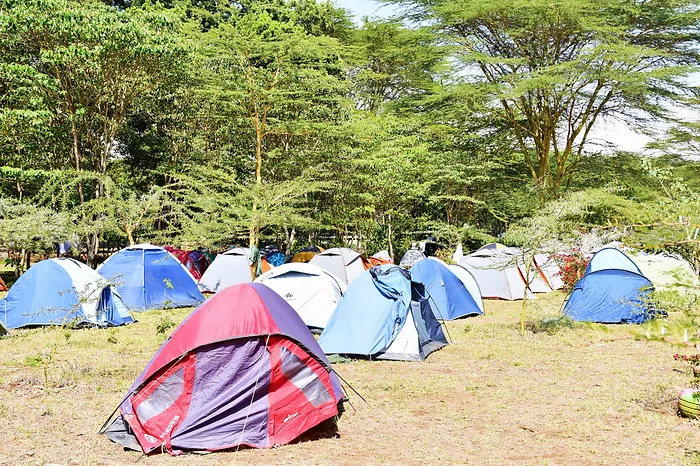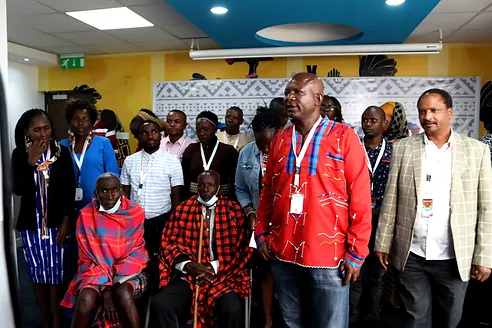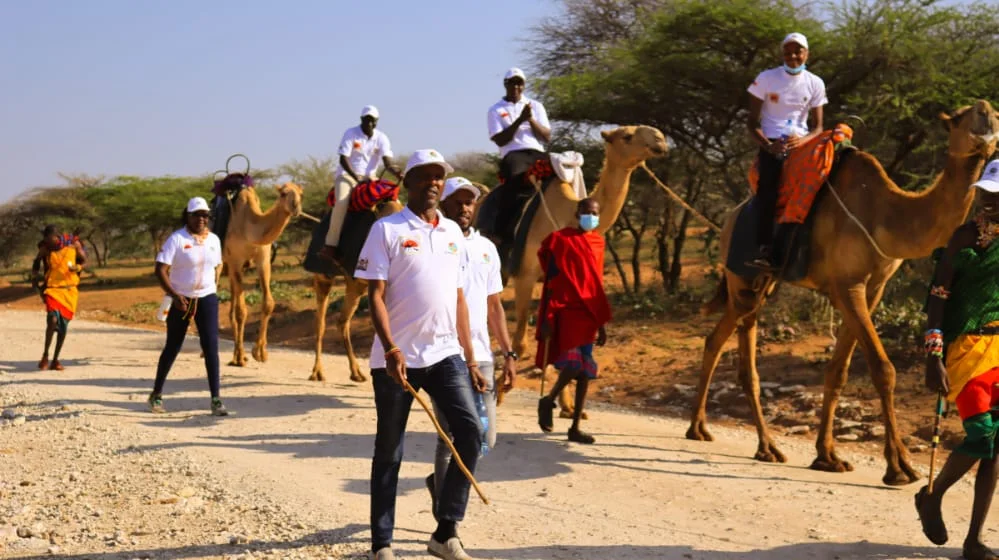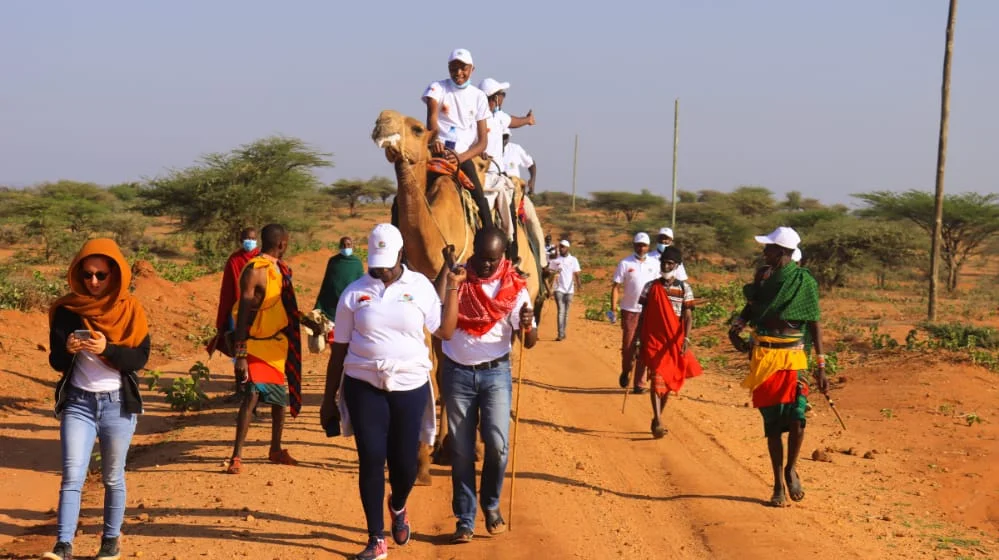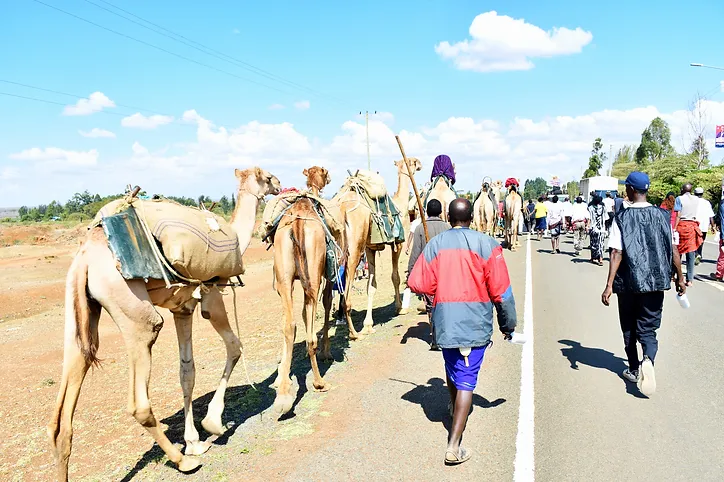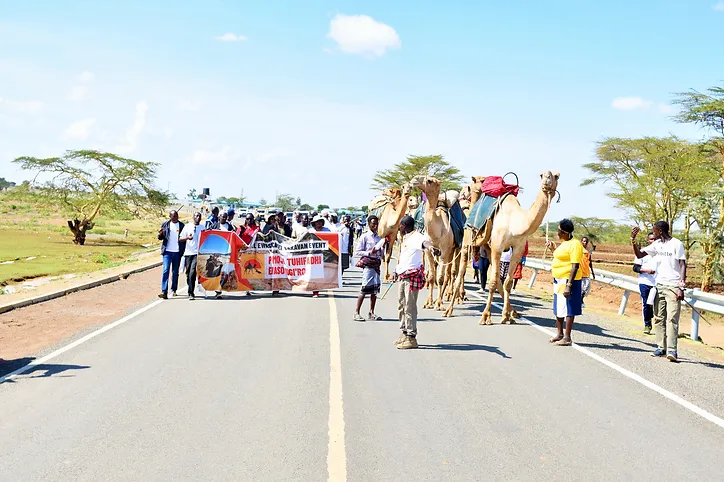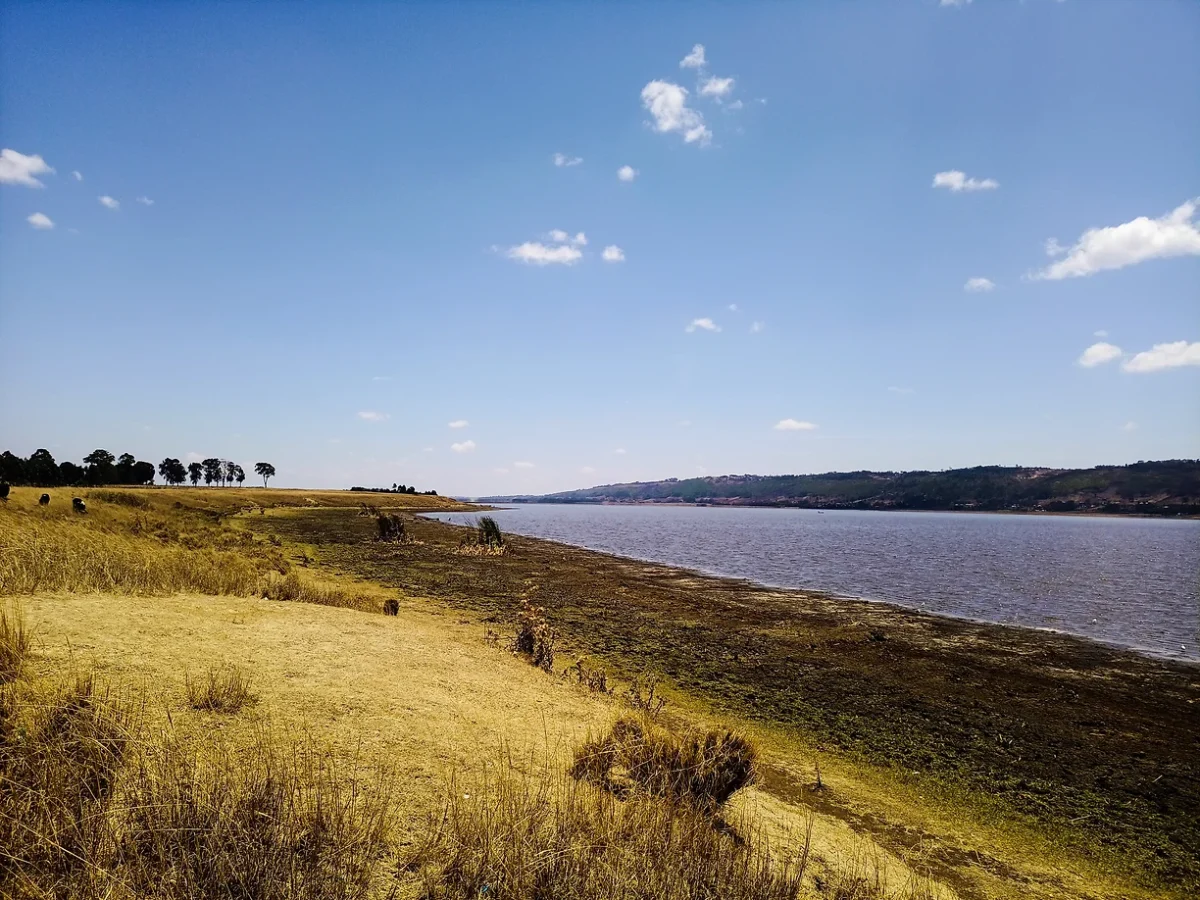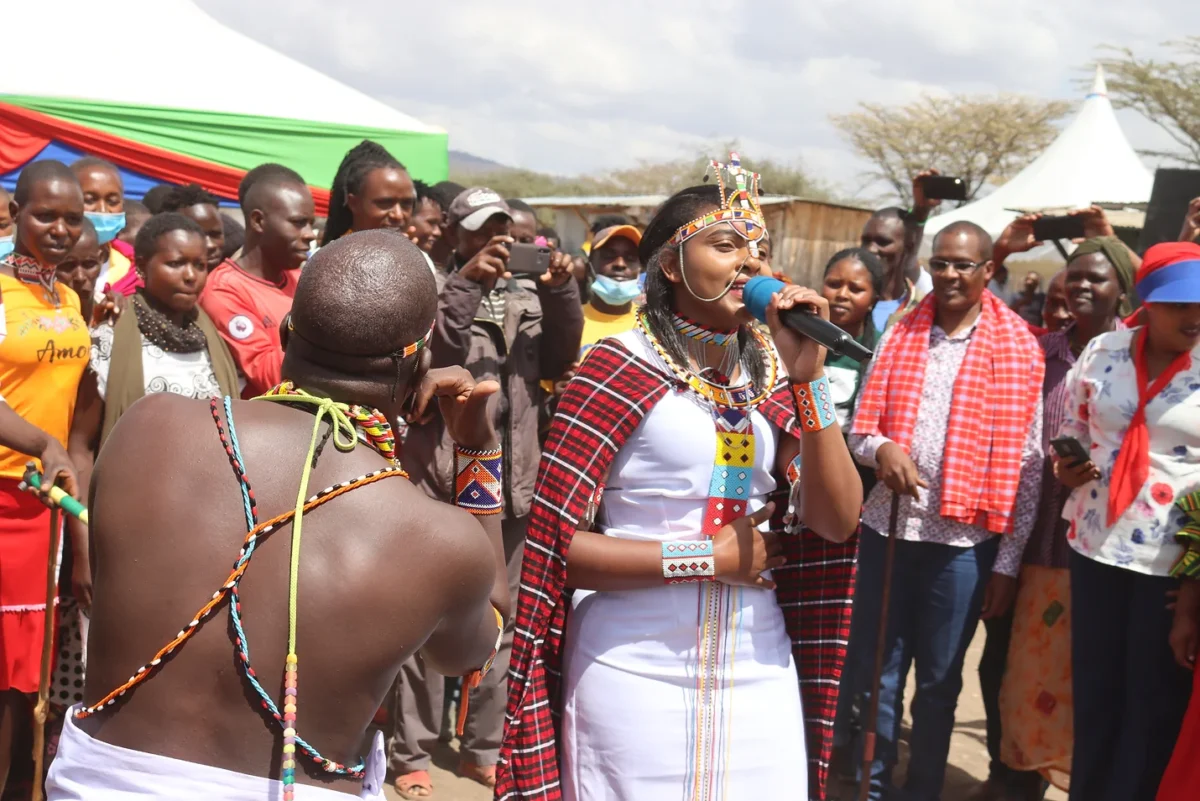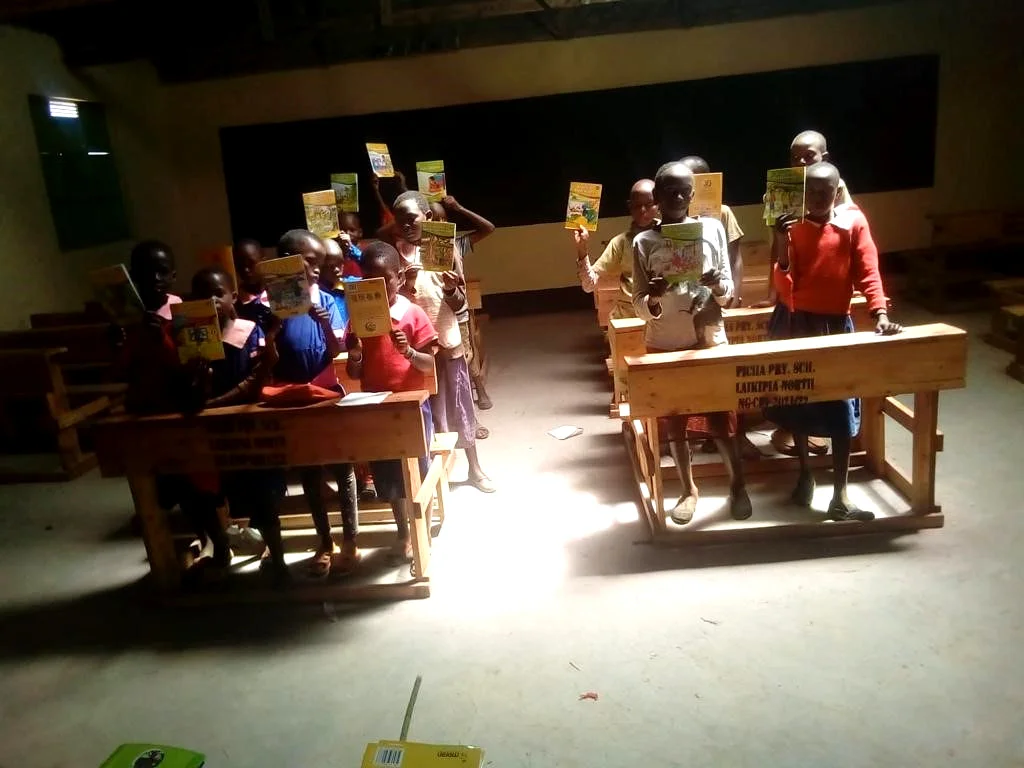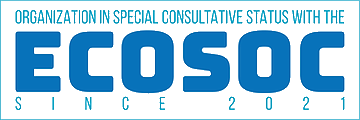Last year IMPACT in collaboration with other development partners convened the first ever Community Land Summit which brought together the voices of communities from 24 counties with undissolved communal lands as identified by the Ministry of Lands and Physical Planning, it brought together government actors and other stakeholders to discuss on the community land registration processes five years after the enactment of the CLA 2016.
The 24 Counties with communal lands reviewed the CLA 2016 through evidence and experiences,this went along way ensuring that amendments are informed by experiences of the piloted communities and the bottle necks on the implementation of the CLA2016. The summit created a platform that strengthened the existing CLA2016 champions and sustained the land reforms agenda. Communities presented their petitions to the duty bearers on the glaring gaps in the Community Land Act, 2016 .After the summit different stakeholders took up their responsibilities and we have since seen a rise in the number of community lands with title deeds.
It was out of this summit that CLOAK (Community Land Owners Alliance of Kenya) was born; an umbrella that advocates for recognition, respect, and protection of community land rights and promotes sound and sustainable community land management and conservation practices that respect cultural values and beliefs while guaranteeing equitable sharing of benefits among its community members.
Through CLOAK community land management committees, women champions, and vocal community leaders come together to address the common overarching challenges affecting the pastoralist communities in Kenya. It also influences policy decisions at the national level, advocates for pastoralist-friendly policies at the county level, engages and negotiates with private ranches for grazing during drought seasons, advocates for registration of community lands, monitors compulsory land acquisition processes, and operations of the extractive industries.
It was during the first Community Land Summit that it was decided it will be a premiere global annual land event that brings together all stakeholders to advocate and champion for communities to amplify their voices, and bring together all stakeholders to share experiences, and take practical actions that ensure the rights of communities and indigenous people are protected.
The 2nd edition of the Community Land Summit is coming up in a week and this time its cutting across Africa. Co-convened by IMPACT Kenya and PARAN Alliance in collaboration with other partners ,the event dubbed “The East African Indigenous Peoples’ Land Summit 2022” will be held under the theme: Amplifying Collective Voices of Indigenous Peoples through Inclusive Dialogues and Learning to Enhance Land Rights for Livelihoods and Conservation in East Africa. The Summit will build on the success of the first Community Land Summit in Kenya held in December 2021 in Nanyuki Town, Kenya.
The event is set to bring together Indigenous People; pastoralist and hunter-gatherer communities from Eastern Africa (Tanzania, Kenya, Uganda, Ethiopia, DRC, Rwanda, and Burundi) to share and learn from each other on current issues affecting them, directly engage policy makers from governments, regional and sub-regional governmental organizations including AU and RECs, CSOs, the private sector other actors; and together forge the way forward towards addressing those challenges. Over 200 IPs community delegates from East Africa, high-level representatives from the Africa Union, Regional economic communities, National and county Governments, Development actors, Civil Society Organizations (CSOs), the Private sector, researchers and academia are scheduled to attend. The summit will adopt inclusive and consultative dialogues, cultural exchanges, discussions, plenary and other innovative approaches to ensure the effective engagement of all participants.




